On 1990 Latvia declared independence from the Soviet Union together with the two other Baltic States. By 1991 the democratic and capitalist Latvia was widely recognized by foreign powers. The final Russian forces departed in 1995.
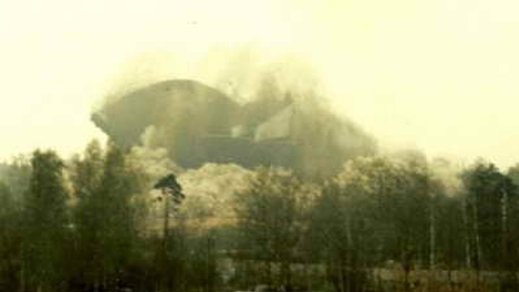
Political independence was, however, merely the first step. Cultural independence had to follow: with 46% of its inhabitants and the majority of its urban population being Russophone, Latvians could have been easily outvoted and assimilated by the Russians even after independence. The key issue was that while Latvians spoke Russian, Russians generally did not speak Latvian, meaning that Russian was usually the only possible language for interethnic communication. As most of the communication in Latvian cities was interethnic, this would have left the Latvian language awfully little usage outside of the family, possibly sending it into extinction.
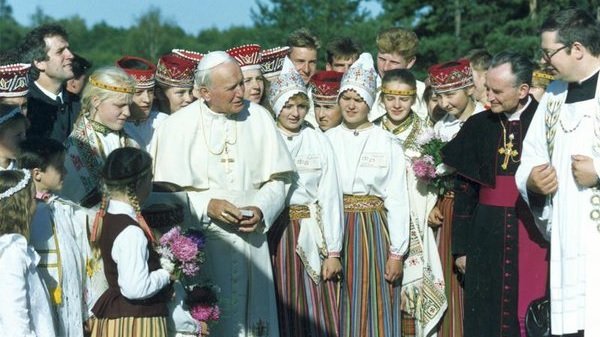
Desperate times required desperate measures. Latvian was declared the sole official language for most public signs and activities. Only those of the Soviet settlers who were fluent in Latvian received citizenship. A third of Russians repatriated to Russia, but hundreds of thousands remained to live in Latvia, rendered stateless (until they would take Latvian exams – which most have refused to do). As the new generation grew up, Latvian language took a weak hold once again in the cities and culture. However, this came at the expense of national cohesion: Russians felt excluded from the new Latvia. They clung to their “privileged” Soviet past, celebrating Soviet festivals, history, and political ideas.
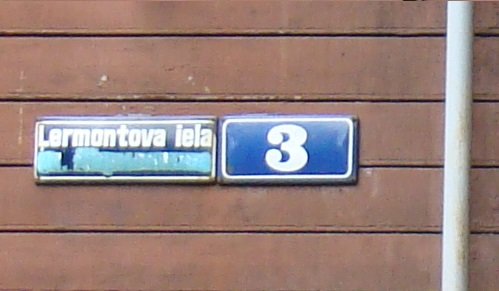
Latvia also strove for economic independence. Its outdated Soviet factories were built for the Soviet rather than local needs. Out-competed by Western goods and pushed out of the Eastern markets, they went bankrupt one after another, sending the economy into deep crisis in the 1990s. But economic freedom did wonders and young Baltic entrepreneurs put the economy back on track within a decade, filling the cities with new malls and office buildings which the Soviet system lacked. By 2001, Latvia was effectively a modern European society, attracting foreign investments.
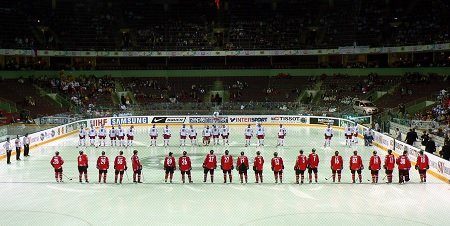
In 2004, Latvia joined NATO and the European Union as part of its program to ensure that Russia would never reconquer it. EU membership brought in many adverse effects, however, among them a mass emigration of Latvians to the newly accessible labor markets of the West. Latvian population declined from 2 377 000 to 2 070 000 between census years 2001 and 2011. Furthermore, European Union measures have displaced more and more Latvian laws, making some locals to question whether European Union membership on itself does not compromise Latvian independence.
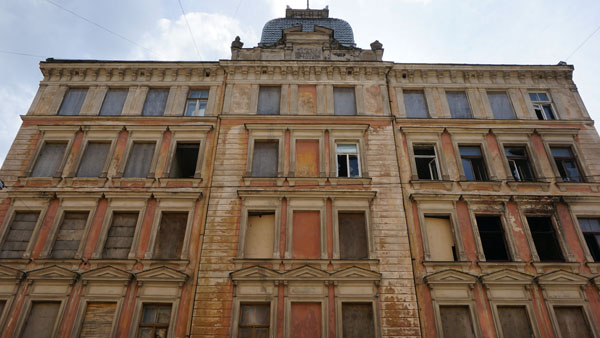
By the late 2000s, Riga was once again the „unofficial capital of the Baltics“ and Jūrmala the top Baltic resort, despite the loss of population. Economically, however, Latvia lagged behind the two other Baltic States and was one of the worst-hit countries of the 2009 global economic downturn. Its subsequent austerity-based approach to tame the crisis has been celebrated among Western economists.
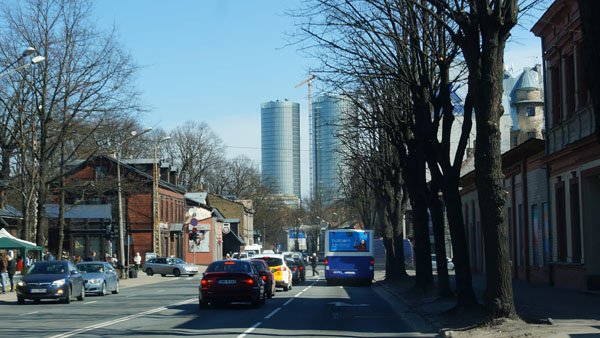

2 thoughts on “Independent modern Latvia (1990 and beyond)”